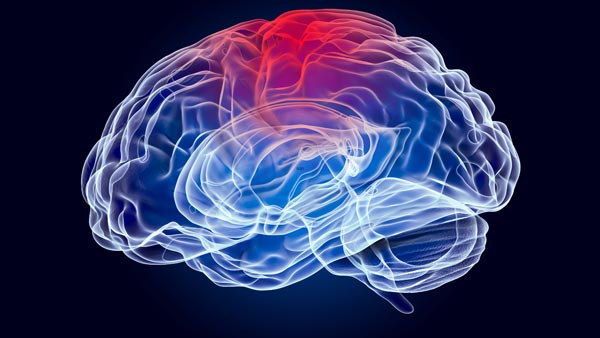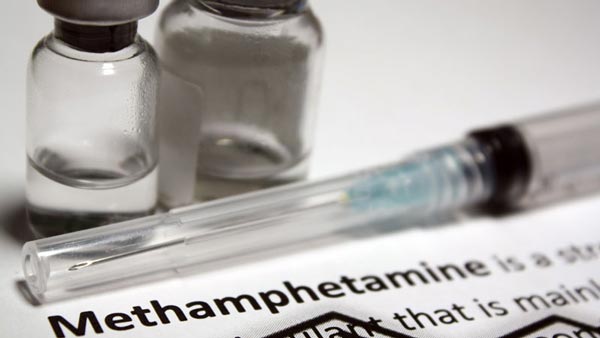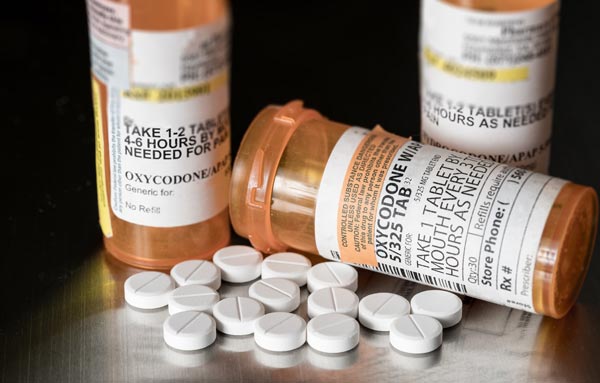Table of Contents
Substance abuse has a profound impact on your mental health. In 2017, 7.7 million people had a substance use disorder and another mental illness.
The more you know about the different types of drug addiction, the better prepared you will be to seek help or guide those you love toward treatment.
In this article, we’re taking a closer look at the different types of drug addiction.
Types of Drug Addiction
For substance users and abusers, not all types are considered equally desirable. Those who abuse substances tend to search for a specific type of experience, and there is a drug to fit every bill. Whether it be the quest for stimulation, relaxation, or transcendence from reality, a drug will be available. Unfortunately, these types of escape from the mundane tend to come with a heavy price. Many substances found to be momentarily enjoyable also result in addiction and dependence. The following are the common categories under which these addictive substances fall.
Uppers
Throughout history, substances have been used to pump up the nervous system and facilitate productivity increases. “Uppers” is the slang term for these artificial motivators, otherwise identified as falling into the class of stimulants. While the negative effects of using stimulants vary according to the substance, they tend to foster physical dependency and addiction.
Caffeine
With the trend of coffee shops on every corner, one might be surprised to learn that caffeine dependency is now considered a substance use disorder. Those who have grown to depend on that morning jolt can attest to the negative side effects that manifest when we go without it. As the identification of addiction typically includes both the incessant craving for a substance and the experience of withdrawal in the absence of it, it is hard to argue with the assessment.
Nicotine
Once considered a sign of social prestige, nicotine use has now been socially denounced. Like caffeine, those who regularly consume nicotine-based products will quickly find it difficult to go without. And, as most addictions have in common, people dependent on nicotine will often persist in using it despite the significant risk of debilitating health consequences.
Cocaine
The active ingredients in the drug known as cocaine are derived from the coca plant. These plants grow in tropical conditions, and the leaves have been used as a stimulant by native people for centuries. Upon this discovery by pharmacists in the United States, it was integrated into everything from eye drops to soda pop. It would take a few decades for the government to realize that the substance is highly addictive and remains a drug of concern to this day.
Methamphetamine
As with many of the drugs on our list, amphetamines were also initially promoted by the medical industry. Unlike cocaine, this substance is entirely created within a lab. When the lab consists of a back alley shed in the middle of nowhere, the creation has likely morphed into what is known as methamphetamine. Methamphetamine compounds are more potent and carry more risks than their amphetamine cousins.
Downers
As opposed to the category above, the types of drugs that are considered downers work to suppress the nervous system. People who partake in downers typically look for a quick way to relax and forget about life’s problems. However, as with all drug addictions, excessive use can result in undesirable consequences. These negative consequences can include physical and psychological addiction
Alcohol
Those who drink alcohol to have a good time and become more outgoing at social gatherings might be surprised to learn that alcohol is a downer. While the initial effects may provide a boost of inspiration, the longer-term results are that the nervous system becomes depressed. This explains the lack of coordination, mental processing declines, and eventual passing out when too much of it is consumed.
Heroin
Of all of the drugs within the class of downers, heroin is the most notorious. It was introduced by pharmaceutical companies around the turn of the 20th century and was hailed as a miracle cure for pain. Physicians and the public quickly realized that the addictive nature of this drug far outweighed the clinical benefits, and its use fell out of favor. Since that time, other presentations of the drug have materialized to form the current prescription opioid addiction crisis. And as a result, an increasing number of those who found themselves cut off from their prescription pain medications are seeking addiction relief through illicit heroin use.
Marijuana
Similar to alcohol, marijuana can produce both upper and downer effects. Overall, however, it works to depress the central nervous system. While there may be some debate as to whether it is possible to become physically dependent on marijuana, it is observable that those who smoke it regularly can develop a tolerance to the physical effects and a dependency on the psychological effects.
Hallucinogens
Hallucinogenic drugs are those which alter the perception of reality. This class of drugs includes substances such as acid, N-Dimethyltryptamine (DMT,) ecstasy, ayahuasca, magic mushrooms, and ketamine. Perhaps surprisingly, it also includes the drug known as PCP. Except for PCP and ketamine, dependency on hallucinogens is largely considered to be psychological.
Similar to the current issues surrounding marijuana, proponents of certain psychoactive drugs may debate whether these substances can be considered addictive. The fact that these substances can contribute to critical risks – such as psychosis, permanent neurological damage, seizures, and violent outbursts – may outweigh the arguments for therapeutic use for many.
Inhalants
Inhalants are a substance that isn’t historically included on a list of addictive substances. As our knowledge of substance dependence grows, it has been found that users of inhalants can experience withdrawal symptoms that mimic those of alcohol withdrawal. The most common inhalants abused are household items, including art supplies, aerosols, and cleaning supplies.
Prescription Drugs
Abuse of prescription drugs is on the rise in the United States, but it has existed since the inception of modern pharmacology. Prescription drugs typically mimic the effects found with illicit drug use, but their intention is to be used in a controlled and monitored manner. When used outside the prescribed regimen, these medical uppers and downers evolve into a drug problem. Commonly abused prescription drugs include Oxycontin, Ritalin, Klonopin, Adderal, Ambien, and Xanax.
Conclusion
The more we learn and understand the various types of drug addiction, the better we can provide addiction treatment for those needing help.
Sources:
- National Institute on Drug Abuse. Comorbidity: Substance Use and Other Mental Disorders. National Institute on Drug Abuse. Published August 15, 2018. Accessed October 9, 2022. h
https://nida.nih.gov/research-topics/comorbidity/comorbidity-substance-use-other-mental-disorders-infographic
The Heights Treatment Editorial Guidelines
There is a vast amount of misinformation online especially as it relates to health & wellness. We have made it our mission at The Heights Treatment to provide accurate, medically sound content that has been medically reviewed by a doctorate level clinician so that you can trust the information contained within our website.





